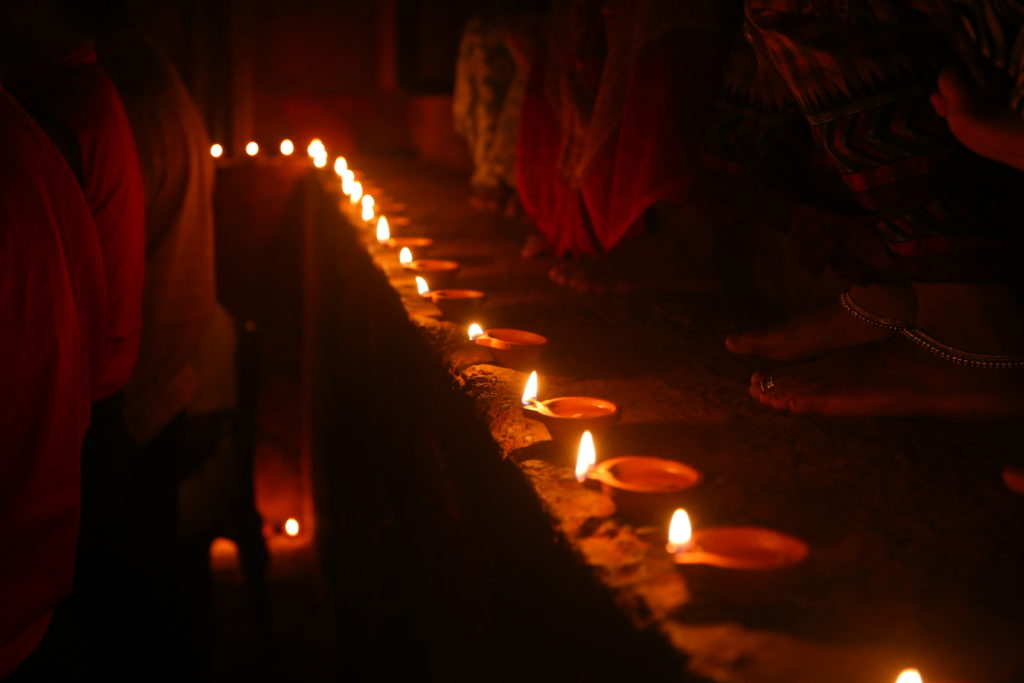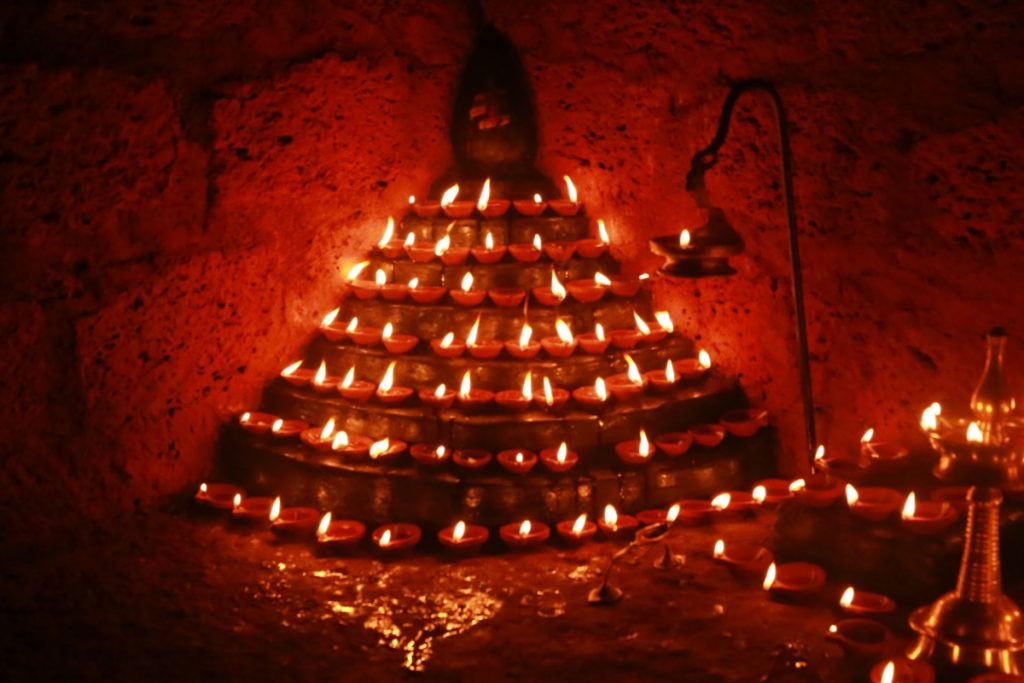KALARIPAYATTU SPIRITUALITY
THE SPIRITUAL SIDE OF KALARIPAYATTU
Spirituality very important part of Kalaripayattu.As most martial arts, kalaripayattu has a not insignificant spiritual aspect, which indeed is the basis of all its teachings. The reverence given to the gods, teachers, lineage and the earth all form part of the daily routine of practitioners, and is deeply embedded in the moral and ethical framework of the art.
According to the Dhanurveda where kalaripayattu is first mentioned, finding the meaning of life is the main reasons for human existence on earth. Human beings are distinctly different from other animals in terms of their thinking capacity, and this ability gives us the power to contemplate each and every thing we experience. As per Indian mythology, the ultimate aim of a human life is to know the eternal truth of the existence of its soul. The eternal consciousness, or God, exists in humankind, and it is up to us to realize it. Kalaripayattu gives the human being the proper skills and knowledge to attain this goal.

Without spirituality Kalaripayattu is not fill.
SPIRITUALITY IN THE KALARI
When the student steps foot in the kalari, they step in with their right foot, then they touch the earth, their Ajna (third eye) chakra followed by their Anahata (heart) chakra. These movements are followed with a circular hand striking technique to salute and receive the blessings of the Universe and salute to the Earth Mother to receive her grace. Following this movement, the student approaches the tiered Puthara altar (representing the 7 chakras) at the head of the kalari. Once again, the touching the altar is followed by the touching of the Third Eye and Heart Chakras. This process is repeated at the completion of the training. This instills in the aspiring student, the proper spiritual mindset and respect necessary to acheive a connection between mind and body.
CEREMONY AND OFFERINGS

The beginning of knowledge acquisition, or vidyarambam, is marked by tradition and ceremony in kalaripayattu. Vidyarambam means to begin a new art, a new practice or to advance to the next stage of a practice, such as a new weapon. Although people do start practices at any time of year, the most auspicious time is at Vijayadeshami, the annual day of Kalari pooja (offering) celebrating the victory of the goddess Durga over Mahisharsura. All weapons are given pooja on this day. Vidyarambam is considered to be the name for beginning a practice only when it is started at Vijayadeshami. Vijayadeshami is held once a year in September or October depending on the Malayalam lunar calendar, and although it includes all types of arts, it is particularly important for kalaripayattu.
The Gurukkal must feel certain that the student will never misuse the knowledge entrusted to them, and a close and sincere relationship must exist between Gurukkal and student before the more advanced (and dangerous) combat techniques are taught. When practice of a new weapon is to be started, the student must not begin until they have brought dekshina, a special type of offering,to their gurukkal and received their blessing. The dekshina generallyconsists of an areca nut, three betel leaves which signify Brahmi, Visnu and Shiva (the three great Hindu gods of creation, birth, maintenance and destruction respectively), and some money. Fruits can also be included as part of the offering. The student offers the dekshina and touches the gurukkal’s feet, and the gurukkal touches the student’s head in acknowledgement and blessing. Then the training can begin.The dekshina is a tradition from ancient India, and was not only used in kalaripayattu, it was used for all passing down of knowledge. No new stage is started without the dekshina.


No Comments
Sorry, the comment form is closed at this time.